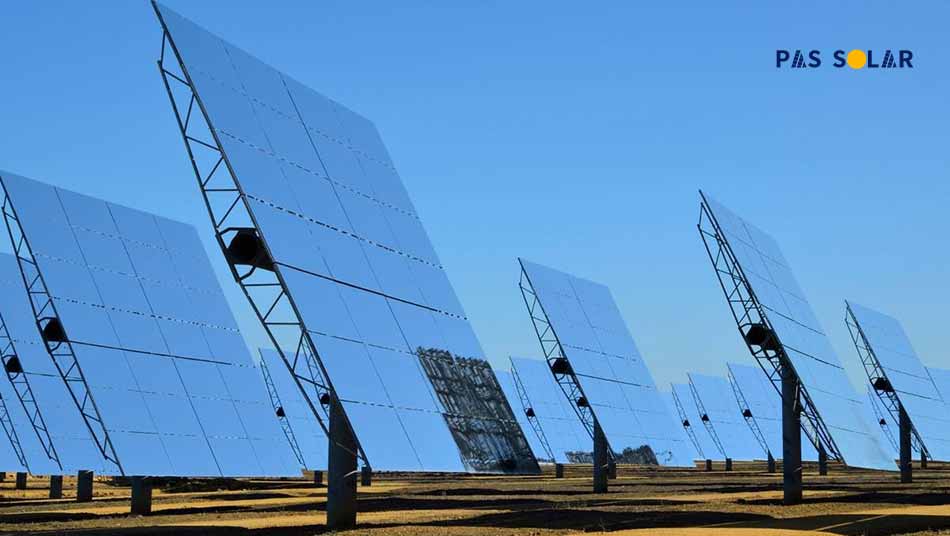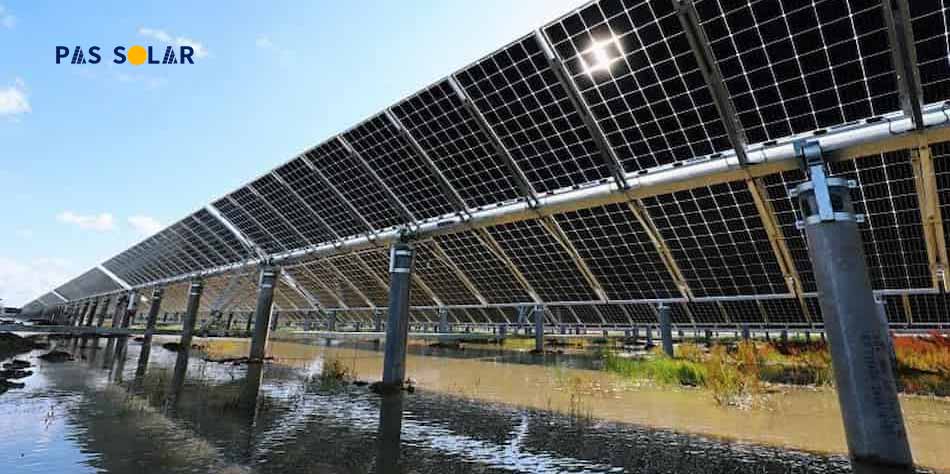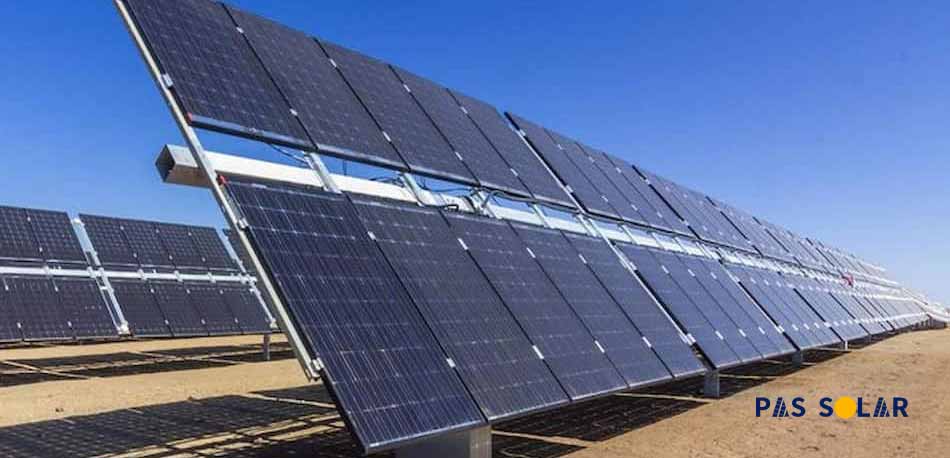A new product is taking over the solar industry. Solar panels bifacial are solar panels that can capture sunlight from both the front and rear and are an exciting new solar solution for certain types of solar installations.
Where are bifacial solar panels used?
What does bifacial mean in solar panels?
What are some uses or applications for solar panels?
Stay With Us …
What are bifacial solar panels?
Traditional (monofacial) solar panels capture sunlight on one side which absorbs the light and the light energy that cannot be captured is reflected. This is not the case with solar panels bifacial, rather these types of panels have solar cells on both sides.
This allows the bifacial solar PV modules to absorb light from both the rear and the front. In practical terms, this means that bifacial solar panels can gather sunlight that is reflected from the ground or other materials.
Solar panels bifacial modules can be effective in certain residential applications, such as pergolas and some ground-mounted systems.
But, for most homeowners considering a rooftop installation, bifacial panels don’t make sense: bifacial modules are best used in commercial or utility-scale applications where the panels are elevated and angled away from a mounting surface, allowing light to reflect off the back of the panel.
Solar panels bifacial vs. monofacial
Most solar panels are monofacial. This means that they have a photovoltaic side that can absorb sunlight and convert it into energy. Bifacial solar panels can receive sunlight on both sides and need less room.
Because bifacial panels have more surface area to absorb sunlight, they are more efficient than traditional panels. If bifacial modules are installed vertically, they can capture energy at two of the sun’s peak times: sunrise and sunset.
Bifacial vertical solar panels are also more resistant to the elements, such as snow and sun, which could cover a panel and block some of its efficiency. Bifacial solar panels also last longer than traditional panels.
Despite some advantages, there are also many reasons why monofacial panels might be better for you compared to bifacial solar panels on roof, like their price which unless you find bifacial solar panels for sale, you’re better off with normal monofacial panels.
Because bifacial panels are so unique, they often require additional labor and equipment to function. Despite bifacial solar panels efficiency ratings being higher, they can still cost homeowners more due to things like the ground mounts required for vertically mounted panels. There are also additional needs such as solar tracking systems that are required.
Solar panels bifacial Design
A bifacial solar panel looks quite different than a conventional monocrystalline or polycrystalline silicon solar panel. Bifacial panels are generally made of monocrystalline cells, but polycrystalline designs also exist.
One of the most notable physical characteristics of bifacial panels is their slim profile: many bifacial designs require limited framing, and the modules themselves are housed in a thin, transparent layer that can either be a double-glazed design or made with a transparent back sheet.
The design of solar structure to buy for bifacial solar PV panels is also different from traditional options. To produce the most power, bifacial panels require the least amount of space possible on the front and back of the panel’s surfaces.
New bi-facial panel shelving solutions can use small junction boxes, narrower support rails, and vertical supports only at the corners of the shelving system to reduce shading on the back of the modules.
Can bifacial solar panels be used for residential installations?
Typically, solar panels bifacial are not ideal for residential rooftop solar installations. Considering their higher price in comparison to traditional monocrystalline or polycrystalline solar panels, they are better suited for larger solar installations that allow reflected light to easily reach the backside of the panels.
There aren’t many disadvantages of bifacial solar panels. This is the only thing that comes to mind. You can compare the bifacial solar panel’s price to the solar panel price in UAE and make up your own mind.
While bifacial frameless solar panels are best suited for a utility or commercial solar installations, they can be used in select residential cases. Freestanding structures such as pergolas can use the bifacial solar panels benefits, which will provide partial shade as well as generate power.
Bifacial panels can also be used in any other instance where nothing blocks the backside of the solar panels. For example, awnings and canopies made with bifacial solar panels allow reflected light to reach the back of the panels.
If you’re considering a ground-mounted solar system rather than a rooftop installation, solar panels bifacial may also be right for you.
Similar to commercial and utility applications, a residential floor-mounted system is supported above the ground, allowing light to reach the back of the bi-facial panels, which is suitable for a bifacial solar panel installation rather than traditional solar panels like the Canadian solar panels.
Are bifacial solar panels worth it?
Bifacial solar PV panels may be worthwhile for utility and commercial solar developers, but they typically don’t make as much sense for residential rooftop projects.
Their higher cost for the additional equipment required means that average homeowners would still likely be paying more to install bifacial panels compared to the amount they save from their increased efficiency. although you can check out the Growatt inverter Dubai price list.
This bifacial solar panels review is aimed at introducing you to the latest technology in the solar panel industry. For more information, contact us.





